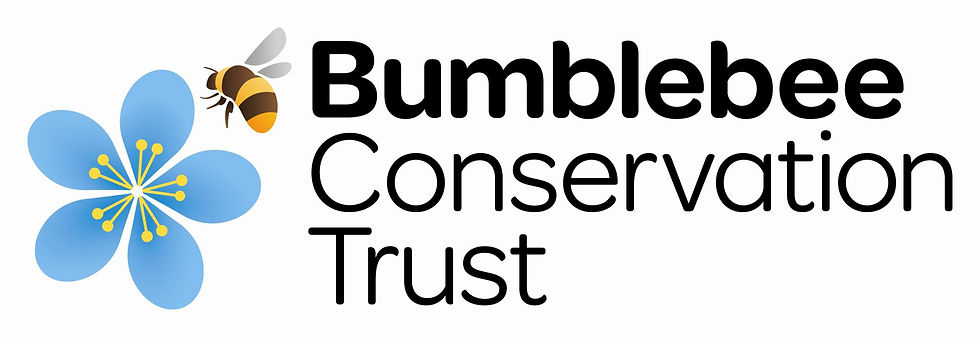How Citizen Science is Benefiting Scientific Research in the UK
- BEES

- Oct 2, 2020
- 2 min read
Our last post explored the role of citizen science in advancing the scope of ecological research whilst influencing public policy and engagement in important issues. Volunteers are utilised in scientific projects across the globe, but there is also a vast amount of research conducted at home, here in the UK.
Garden BirdWatch

The British Trust for Ornithology (BTO) is just one of many organisations helping to understand and monitor changes in bird populations as a consequence of climate change (such as changes to migratory patterns, population declines, and breeding disturbances). Garden BirdWatch focuses on monitoring and research to build vast, robust datasets of native bird abundance/distribution.
Ongoing monitoring has allowed conservationists to determine the severity of population and range declines, as well as the number of breeding and wintering birds. Data gathered helps understand the drivers of change through determining the critical life cycle stage being impacted, is used to assess existing conservation initiatives and as a proxy for wider biodiversity trends. Combining bird watching with innovative analyses and the most up to date data-gathering technology, this scheme involves over 60,000 volunteers which can ultimately inform conservation policy through the vast quantity of data they collect.
Applications like BirdTrack allow birdwatchers to easily log and access their observations. The BirdWatch program itself involves recording the species and abundance of birds utilising resources in your garden then entering your data online. It’s a quick and easy way to improve our knowledge and help conserve these important ecological drivers! To find out more, visit here.
BeeWalk
BeeWalk is a standardised national survey of bumblebees set out to understand why Bumblebees are in decline across the UK. The data collected is fundamental in monitoring how populations are changing through time in response to changing land use, climate change and management, allowing scientists to identify early signs of population collapse and informing conservation policy.
So how does this work? Simply choose a set walking route (around 1-2 miles) and input onto the BeeWalk Website. Count and identify how many bumblebees you see along this route, once a month between March – October. All you need is some spare time and basic bumblebee identification skills (help on this is available here).
You can also check out the links below for ways to get involved with projects remotely from your own home!
Elena
Sources:
Bonney, R. et al., 2009. Citizen Science: A Developing Tool. BioScience, 59(11), pp. 977-984.





Comments